Description
Description
Fabric Width: 136cm (53″)
Design: 14 Wale
Composition: 100% Cotton
Weight: 230gsm
Washing Instructions: Machine wash at 30 degrees. Cool tumble-dry. We strongly recommend testing a small piece first to be sure
All quantities will be cut as a continuous length – i.e ordering a half metre and a quarter metre will mean you receive a continuous 75cm piece.
Additional information
Additional information
| Fabric Type | Corduroy |
|---|---|
| Fibre | Cotton, Natural Fibres |
| Fabric Weight | Medium |
| Construction | Woven |
Reviews (0)
You must be logged in to post a review.
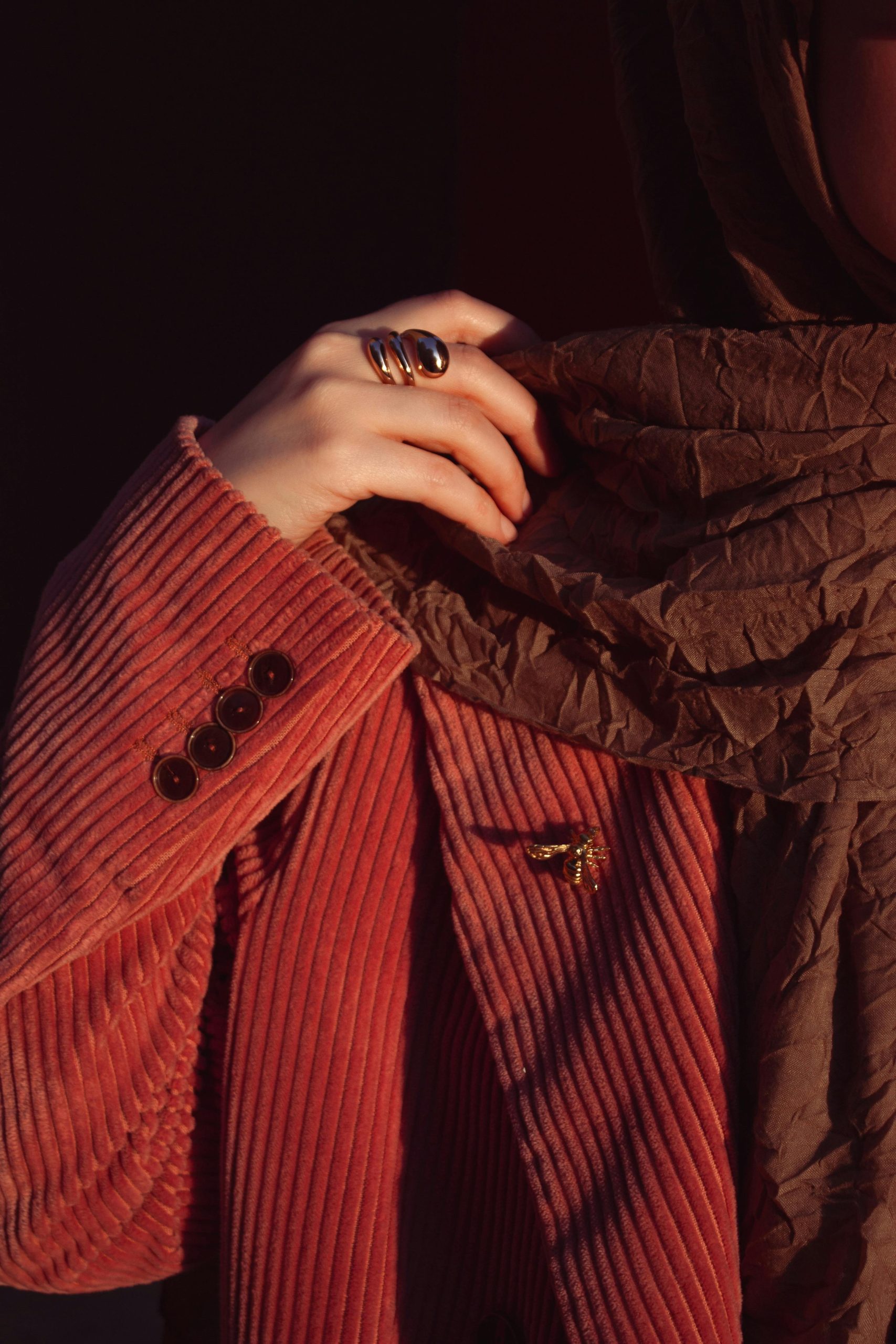
All About Corduroy
Corduroy is a durable, soft, and textured fabric with a distinctive raised ribbed surface. The size of these ridges is called a wale—the lower the number, the wider the ridges; the higher the number, the finer they are! This is because wale counts the ridges per inch! Most corduroy is made from cotton, although you can find it blended with polyester or other fibres for durability or stretch. It can be printed, yarn dyed or a block colour, which ever you pick, we like to think of it as an everyday velvet! For our purposes, we’ll be talking about cord as if it were 100% cotton.
Corduroy’s origins trace back to ancient Egypt, where a similar woven pile fabric called fustian was produced in the city of Fustat. This cloth evolved over centuries, becoming a staple in 18th-century England where Manchester mills perfected its distinctive texture—hence the nickname Manchester cloth. It was prized for workwear due to its warmth, strength, and resistance to wear, and later became a fashion favourite for trousers, jackets, and overalls.
Corduroy is woven with a warp and weft like most fabrics, but with an additional set of fibres forming vertical floats. These floats are then cut, creating the pile that forms the characteristic ribs. This results in a soft surface with depth and texture, perfect for trapping warmth. Its durability, versatility, and retro charm have made it a beloved fabric for decades—equally at home in country fields, university lecture halls, or on the high street.
We love corduroy for its soft handle, rich colours, and that wonderful tactile quality that makes you want to run your fingers along the ribs.
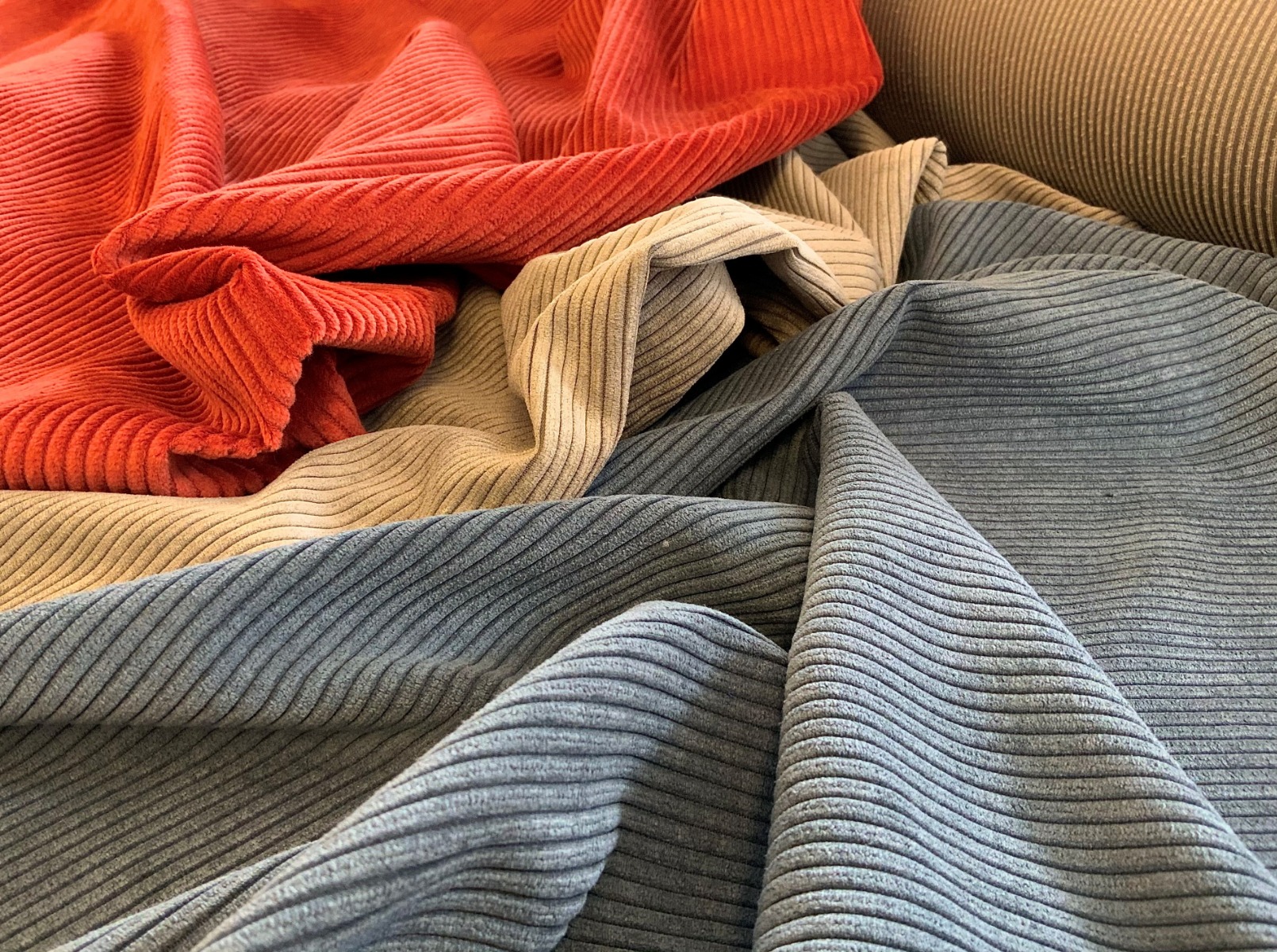
How to Wash & Store
Corduroy is a robust cotton fabric, but the pile needs gentle handling.
- Wash inside out to protect the ribs from abrasion and lint build-up.
- Use a gentle cycle with cold or warm water (30 degrees) to maintain colour and prevent shrinking.
- Avoid washing with linty fabrics like towels—cord will pick up fluff in the pile.
- Line-dry or lay flat, reshaping while damp. Avoid tumble-drying where possible, as heat can flatten the pile.
- If you must tumble-dry, use a low heat and remove promptly.
- If you can, hang! Store corduroy garments hanging up to preserve the nap.
- If the pile gets crushed, gently steam and brush it back into place with a soft clothes brush.
- Preparing Cord for Stitching
- Use the Right Tools and Notions
- Tips for Handling Cord
Sewing with corduroy can vary greatly depending on the weight and quality of the fabric you’re working with. A fine, lightweight cord will behave very differently to a heavy, workwear-style cord, so your sewing approach should be guided more by these factors than by the wale count or simply the fact it’s corduroy. Lighter cords may need gentler handling and finer needles, while heavier cords might call for sturdier tools and careful seam management. If you find yourself dealing with serious bulk—especially at intersections or hems—you might choose to grade your seams, but as with all sewing, trust your instincts and use your best judgment.
Iron with Care:
Corduroy’s pile can be crushed by heat and pressure. Iron on the reverse side, using a low-to-medium heat, or hover steam above the fabric without direct contact. You could also inlist the help of a pressing cloth or some scrap fabric!
Needle:
Use a sharp or universal needle, size 80/12 or 90/14, depending on the weight of the cord.
Thread:
A high-quality polyester thread is ideal for strength, though cotton thread can be used for a softer finish.
Mind the Nap: Corduroy has a directional nap—run your hand along the ribs to feel which way the pile lies. Make sure all pattern pieces are cut in the same direction to avoid colour shading differences.
Consider Cutting in Single Layers: Because the pile can shift, cutting one layer at a time with the right side up can help with accuracy. Use pattern weights to avoid crushing the pile with pins.
You might need more fabric than you think:
Because Cord is directional, you should check your pattern allows for the direction of the pile in cutting out, if it doesn’t, you’re going to need extra fabric and to create your own layout!
Sarah's Pattern Picks
Join the Luna Lapin & Friends community
Join us and we’ll send you regular updates from Luna’s world, with information about new products, making guides, and CoolCrafting news.

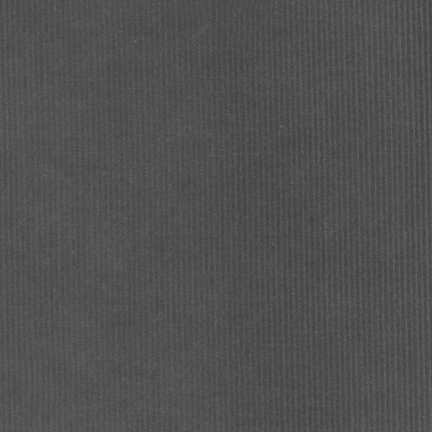
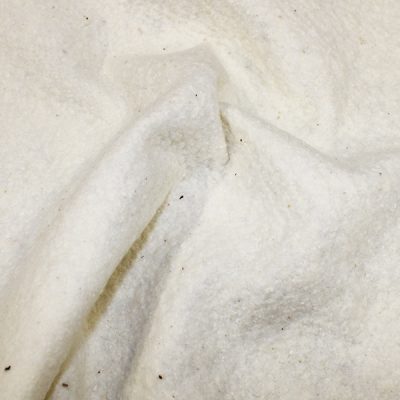
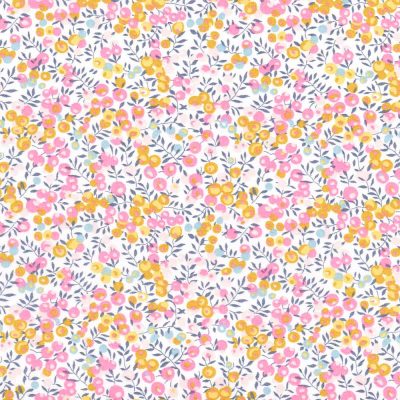
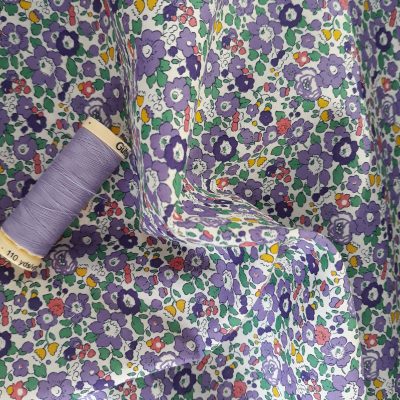
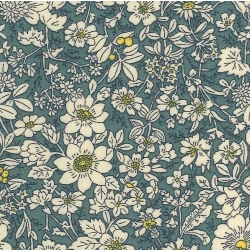
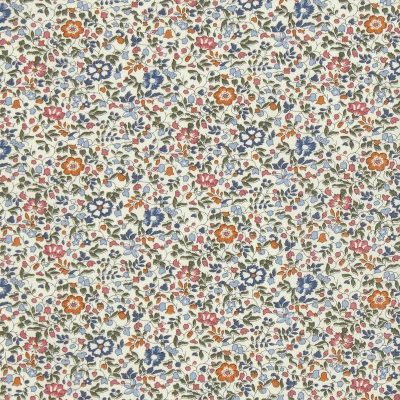
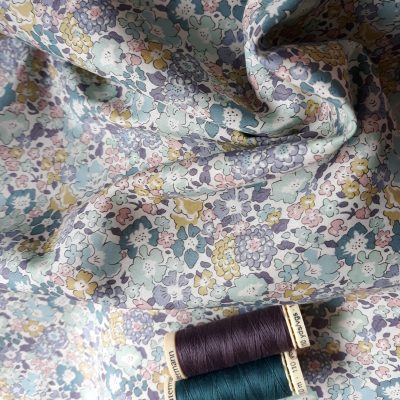

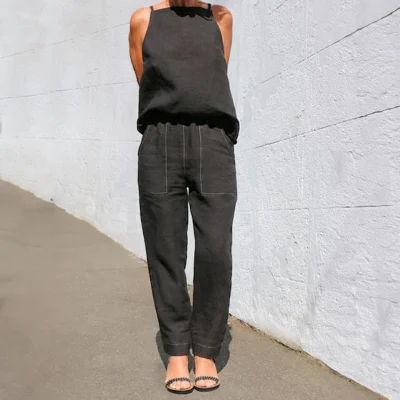
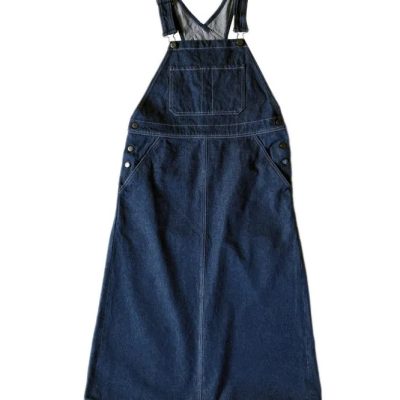
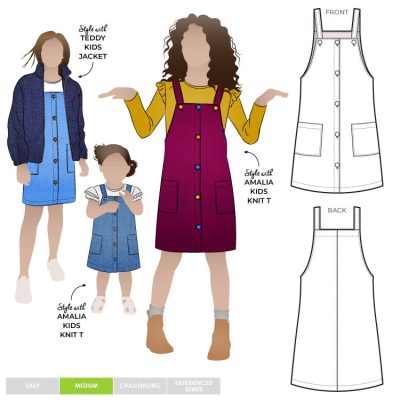

Reviews
There are no reviews yet.